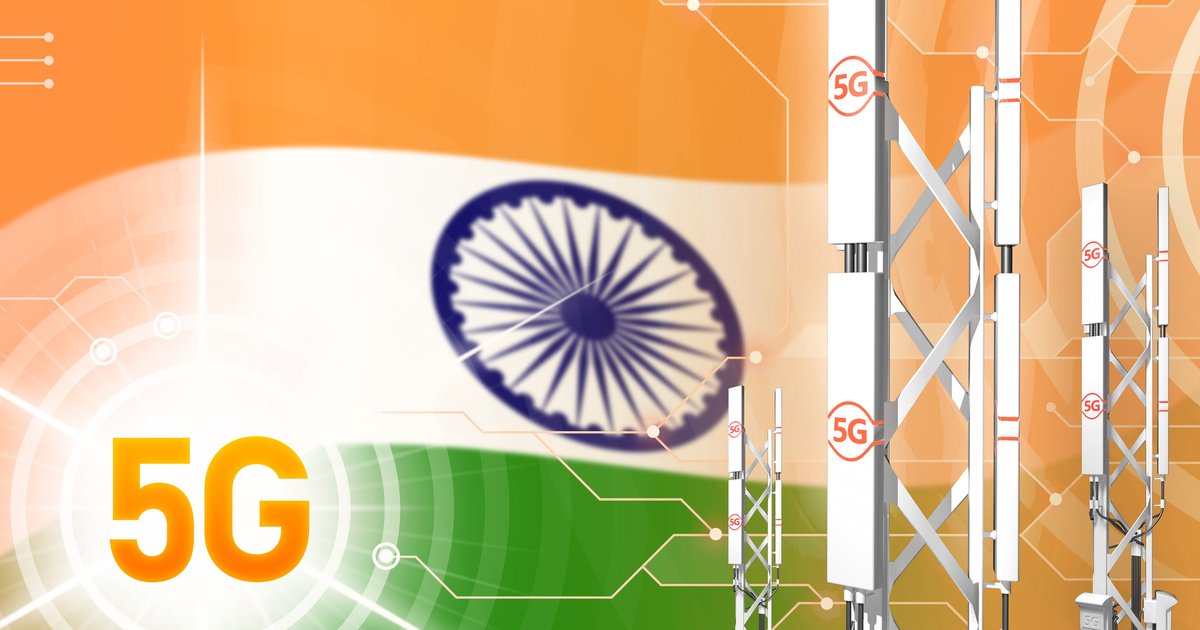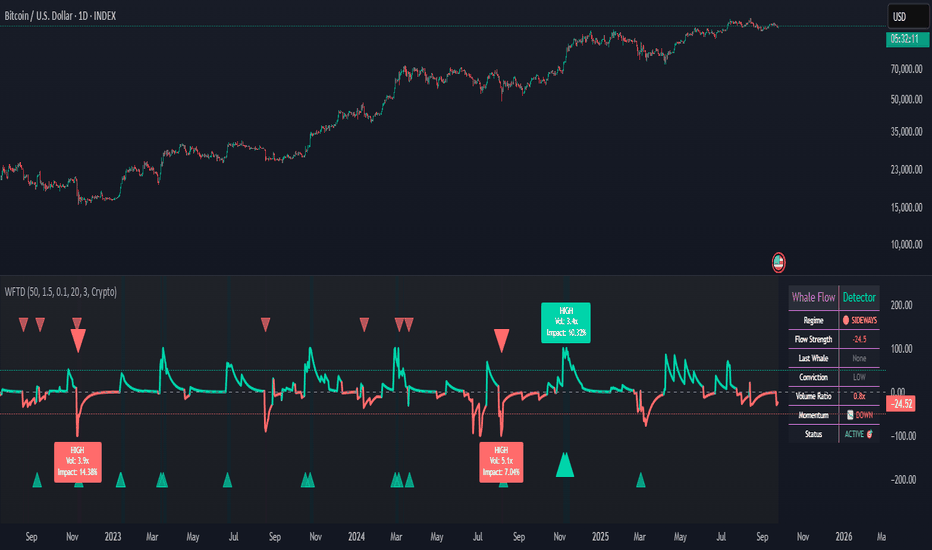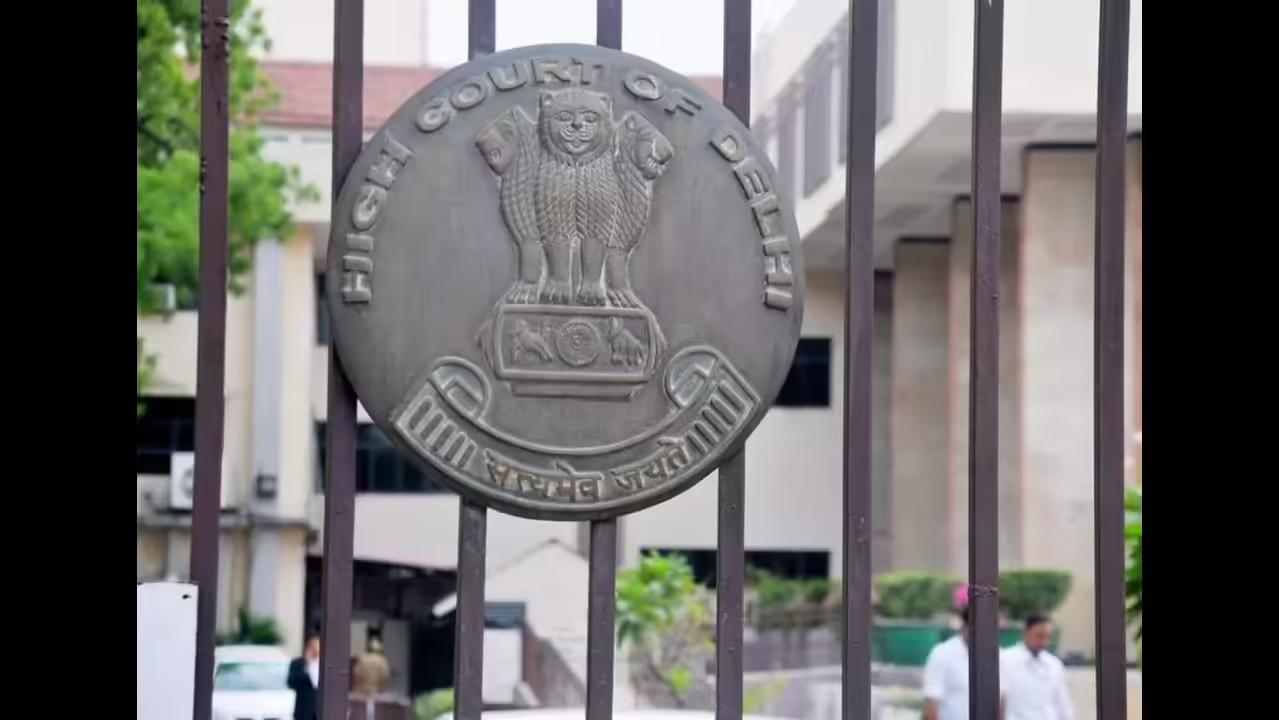Now Reading: BSNL Kerala Hits 98% 4G Coverage, Eyes 5G Rollout by Year-End
-
01
BSNL Kerala Hits 98% 4G Coverage, Eyes 5G Rollout by Year-End
BSNL Kerala Hits 98% 4G Coverage, Eyes 5G Rollout by Year-End

BSNL Kerala has announced that its 4G network now covers nearly 98% of the state’s population. With this milestone in place, the public telecom operator plans to begin 5G deployment by the end of this year. This development could reshape connectivity in both urban and rural areas across Kerala and offer lessons for telecom access in Tier-2 and Tier-3 markets elsewhere in India.
The Current 4G Milestone
Reaching 98% 4G coverage means that almost every household, business, and public institution in Kerala now has access to high-speed mobile internet. Rural villages, hilly regions, and remote hamlets, which earlier faced connectivity gaps, are now largely included. For many users, this means smoother video calls, better content delivery, and access to digital services.
Preparing for 5G: Ambitions and Challenges
BSNL’s plan is to roll out 5G by year-end. That will involve upgrading base stations, installing new hardware, and coordinating with spectrum regulators. While urban areas and cities may see faster rollout, rural or remote zones could take longer. Costs, power reliability, and infrastructure preparedness will be key constraints.
Why This Matters Beyond Kerala
If BSNL successfully launches 5G in Kerala, it becomes a case study for expanding advanced connectivity in states with mixed geography and population density. Other states can observe how government-run networks tackle scale, infrastructure gaps, and access equity. For Tier-2 and Tier-3 cities across India, this offers insights into how to leapfrog digital divides.
Impact on Local Communities and Businesses
Better connectivity means improved access to telemedicine, online education, e-governance, and digital banking in smaller towns. Entrepreneurs and small businesses can leverage 5G to adopt new models—like IoT, remote monitoring, or cloud services. For students and professionals, it could narrow the gap between metro and non-metro digital experiences.
Risks and Implementation Hurdles
Rolling out 5G is capital intensive. Spectrum costs, hardware procurement, backhaul networks, and energy supply pose real challenges. Also, adoption depends on device compatibility—many users in smaller towns might not have 5G phones. Regulatory approvals, local coordination, and site permissions will all be part of the complexity.
Conclusion
BSNL Kerala’s near-complete 4G coverage and its ambitious 5G plans mark a major step for India’s telecom sector. The success or lag in rollout will have lessons for states beyond Kerala, especially for Tier-2 and Tier-3 regions seeking to close the digital divide. Connectivity is becoming a foundational infrastructure—how well it’s built now will shape India’s digital future.

























